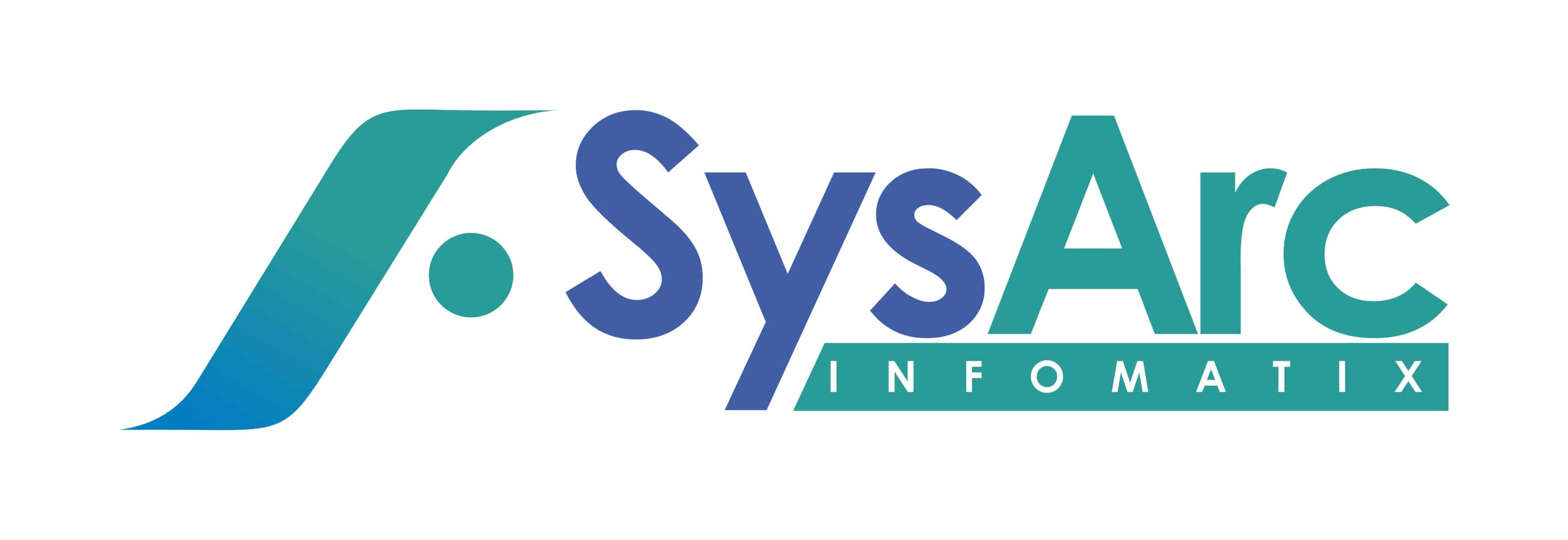India’s Neobanks
The world of FinTech was already undergoing a transformation, even before the Covid-19 pandemic struck. The unprecedented lockdown situation only precipitated the transformation. The digital revolution so far has enabled large scale integrations through APIs to enable a range of services to the customer, be it food ordering, ecommerce, or investments. Though the adoption for mobile-first approach to seeking and consuming services had been on the upswing, especially driven by the millennials, we saw a spike across all age groups, demographics, and nations, during the Covid-19 pandemic-led lockdown.
From 2019 to 2020, digital payments rose by a whopping 383 percent, and in June 2020 alone, there was a 23 percent increase, when the lockdown was in full swing. Without the digital infrastructure in place, especially in countries like India, the effects of the lockdown would have been brutal, as vital services would have almost completely stopped for a large section of the population.
Leading the upswing towards the digital shift has been digital-only banks, also called neobanks. Neobanks are entirely software-based banks that exist without any physical branches. Neobanks have been leading the Fintech Revolution 2.0, the second wave of financial digitization. Gone are the days of standing in line at a physical branch of a bank to conduct a transaction. Neobanks have now enabled almost every step of the banking process online, ready to go at the tap of a finger.
More than access, neobanks offer hyper-personalization, a huge win in terms of targeted reach and delivery of FinTech products and services. In the consumer arena, Netflix and Spotify are great examples of successful hyper-personalization. Based on the customer’s history, preferences and browsing styles, these entertainment apps recommend similar movies or songs that have the audience hooked, asking for more. They are essentially intelligent algorithms that calculate what the customer will enjoy, and deliver just that by fully understanding the minute preferences of a discerning consumer.
This hyper personalization is what neobanks have achieved in the finance sector. By creating a tech-driven structure based on artificial intelligence and machine learning, neobanks like P10 have demonstrated remarkable success in leveraging their user data to target and deliver relevant services. According to a 2019 survey conducted by Accenture across 30 countries, 87 percent of banking executives said that customisation and real-time delivery will underpin future competitive advantage, but felt only 38 percent of banks had actually figured it out.
P10 is one very good example of an upstart neobank. Calling itself ‘India’s first consumer digital bank’, P10 offers a bouquet of features. Along with normal features of saving, spending and transferring money, P10 also offers a budgeting tool to ensure the customer does not overspend beyond their salary; offers instant loans with easy documentation and low processing fees including 24-hour returnable loans. P10 even offers rewards for making payments before time. The website, as well as the app, prioritizes the UI, making for an aesthetic, eye-pleasing and memorable experience.
Neobanks seem poised to be the future of the banking industry. The founders are all young, hip digital citizens who have created these services that they can actually use themselves. Their targets are clearly young professionals who hadn’t yet formed relationships with traditional banks, and need a one-stop shop that they could trust to manage their personal finances including bills, payments, savings, and investments. In short, an app that could do the math for them.
Another key benefit offered by neobanks is accessibility. India is home to a large unbanked population. Almost 19 Crore (190 million) people do not have bank accounts, yet. Neobanks offer all the utility of a bank without the need to be close to a branch. Not to forget that India’s population is largely young, with the Millennials and Gen Z population segments having found comfort in the digital world already. That is perhaps why India’s digital payments market of $65 billion in 2019 is expected to grow cumulatively at 20 percent till 2023, and even beyond.
However, India’s laws prohibit digital banks from existing standalone. The Reserve Bank of India (RBI) remains insistent on the physical presence of a bank. However, this hasn’t stopped neobanks from flourishing by establishing partnerships with the traditional banking entities. P10 operates in partnership with an established, RBI-certified bank and so do all the other neobanks in the country. This kind of partnership benefits both the neobank as well as the traditional bank backing it. Win-Win-Happy.
The difference between digital banks and digital banking is very important. While a digital bank is a bank that has a purely digital existence without a physical presence, digital banking is a feature offered by traditional banks that allows customers to carry out transactions online, without having to visit their branches.
Once the law catches up with advancements in technology, there will be no stopping neobanks. The future of the banking sector seems to go towards maximum digitalization, with the least physical presence, backed by the best of digital, automated decision making to run the show.

